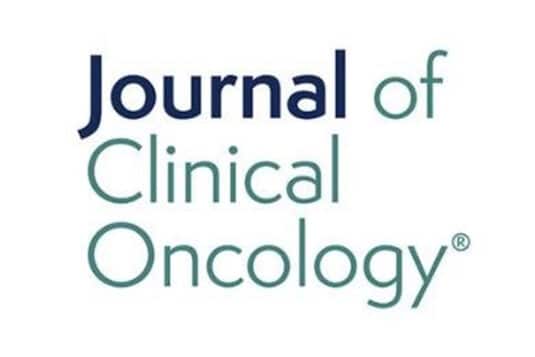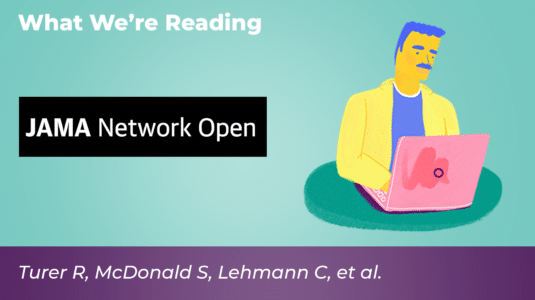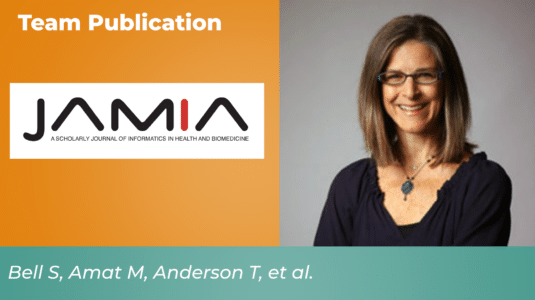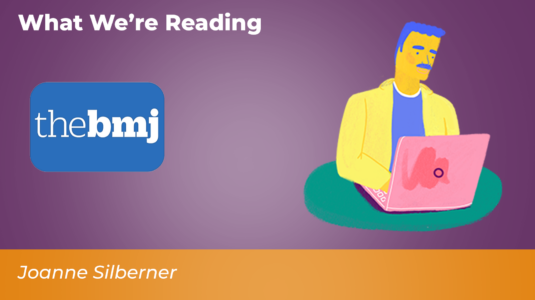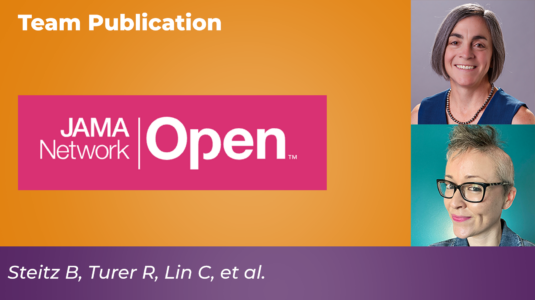A new study found that patients often refresh the portal while awaiting test results—especially for routine tests. This behavior is linked to increased messaging, suggesting that individual worry may drive communication more than the test itself.
Test Results
When bad news comes through the portal: Strengthening trust and guiding patients when they receive bad results before their clinicians
In this chapter, perspectives from a patient with cancer, an oncologist, and a cancer psychiatrist (in that order) are shared to illuminate the adjustments made in clinician-patient communication amid the era of nearly instantaneous results within the electronic health record.
Real-time electronic patient portal use among emergency department patients
These findings suggest that real-time patient portal use during ED encounters has increased over time, but disparities exist in portal access that mirror trends in portal usage more generally. Given emergency medicine’s role in caring for medically underserved patients, there are opportunities for EDs to enroll and train patients in using patient portals to promote engagement during and after their visits.
Do patients who read visit notes on the patient portal have a higher rate of “loop closure” on diagnostic tests and referrals in primary care? A retrospective cohort study
Compared to no portal registration, the odds of loop closure were 20% higher in tests/referrals for patients with a portal account, and 40% higher in tests/referrals for note readers, after controlling for sociodemographic and clinical factors. However, important safety gaps from unclosed loops remain, requiring additional engagement strategies.
Access to records: Do open notes work for patients?
Since 2021, Americans have been guaranteed full and immediate access to their own health records. Joanne Silberner asks if this has helped or hindered treatment.
Perspectives of patients about immediate access to test results through an online patient portal
In this multisite survey study of patient attitudes and preferences toward receiving immediately released test results via a patient portal, most respondents preferred to receive test results via the patient portal despite viewing results prior to discussion with a health care professional.
Understanding the Cures Act Information Blocking Rule in cancer care: A mixed methods exploration of patient and clinician perspectives and recommendations for policy makers
Patients with cancer and their cancer care teams want the ability to tailor information release based on individual preferences and goals. Understanding how to tailor implementation of the Information Blocking Rule is essential for retaining its benefits and minimizing unintended harm for patients with cancer.
Patient Perceptions of Receiving COVID-19 Test Results via an Online Patient Portal: An Open Results Survey
This study evaluated patient perspectives related to receiving COVID-19 test results via an online patient portal prior to discussion with a clinician. Users found the portal easy to use but expressed mixed preferences about the means of notification of result availability (e.g., email, text, or phone call). Users found immediate access to results useful for managing their health, employment, and family/childcare. Many users shared their results and encouraged others to get tested. Our cohort consisted mostly of non-Hispanic white, highly educated, English-speaking patients. Overall, patients found open results useful for COVID-19 testing and few expressed increased worries from receiving their results via the patient portal.

